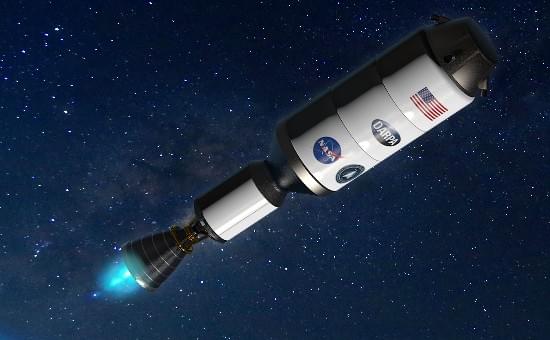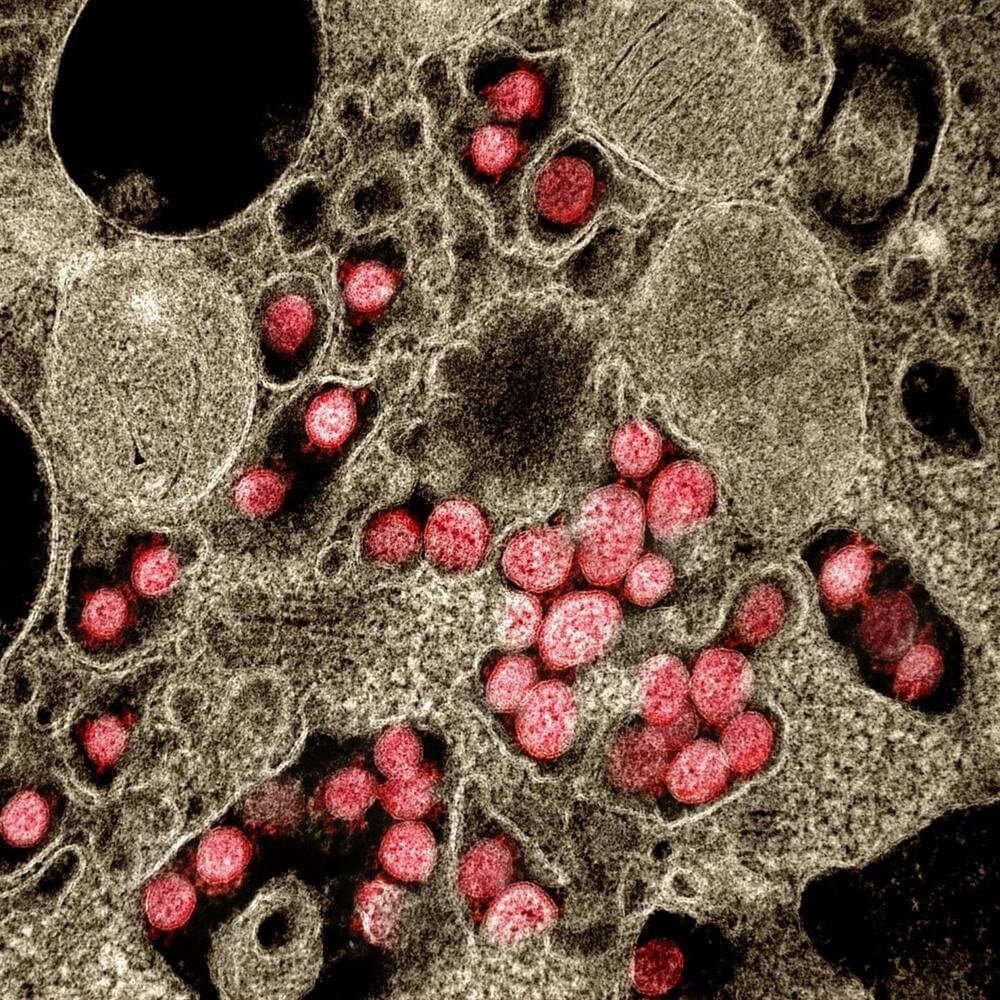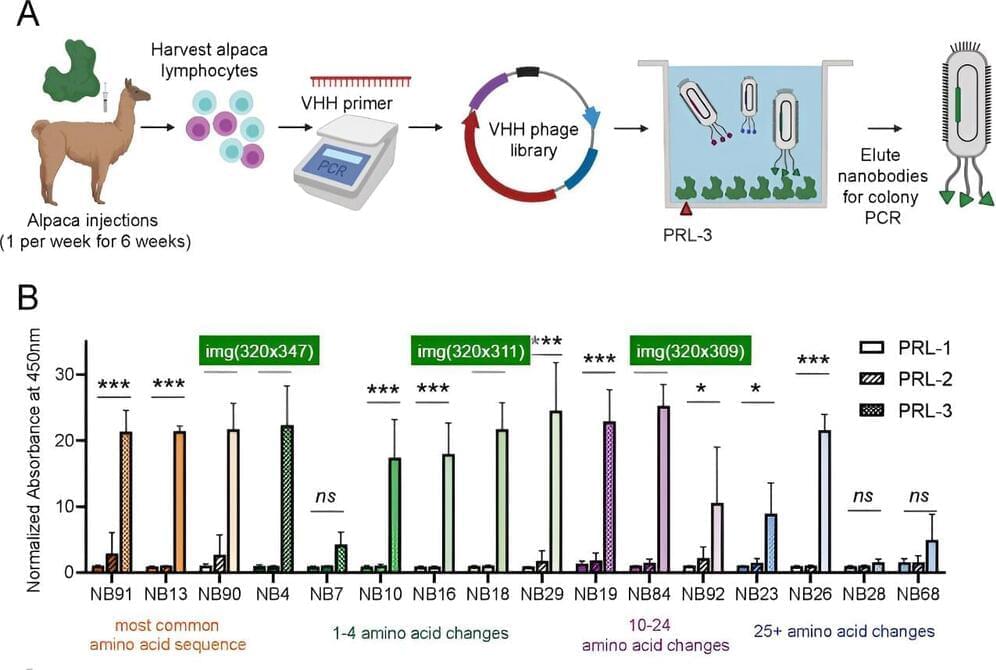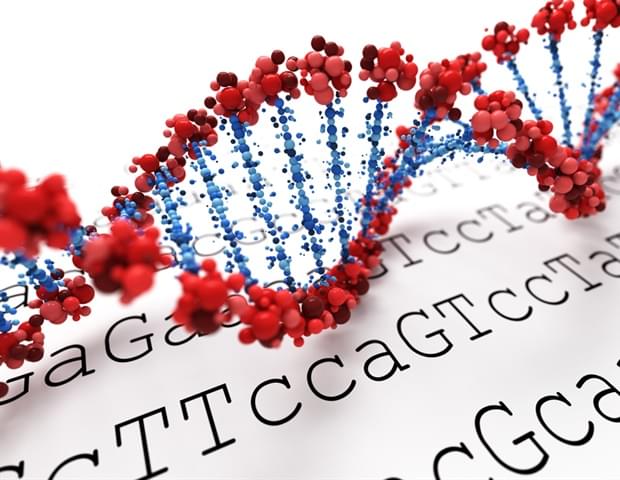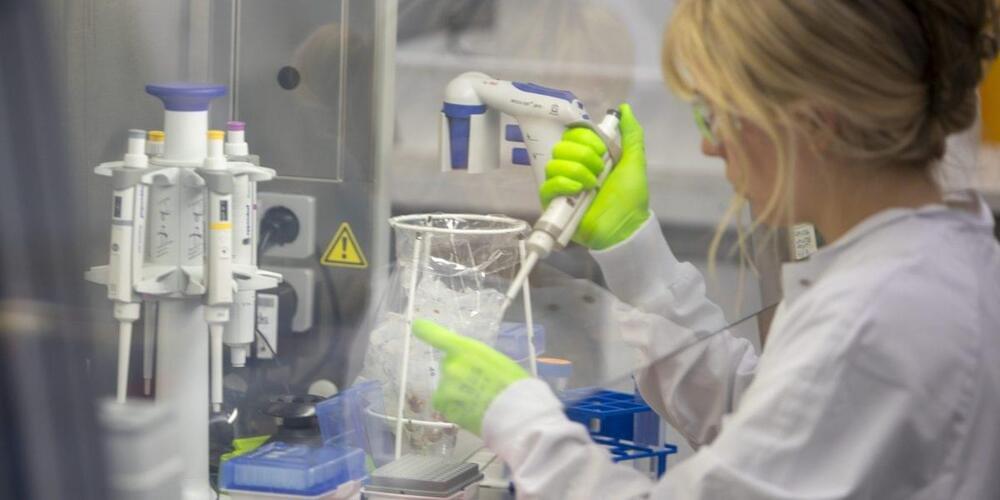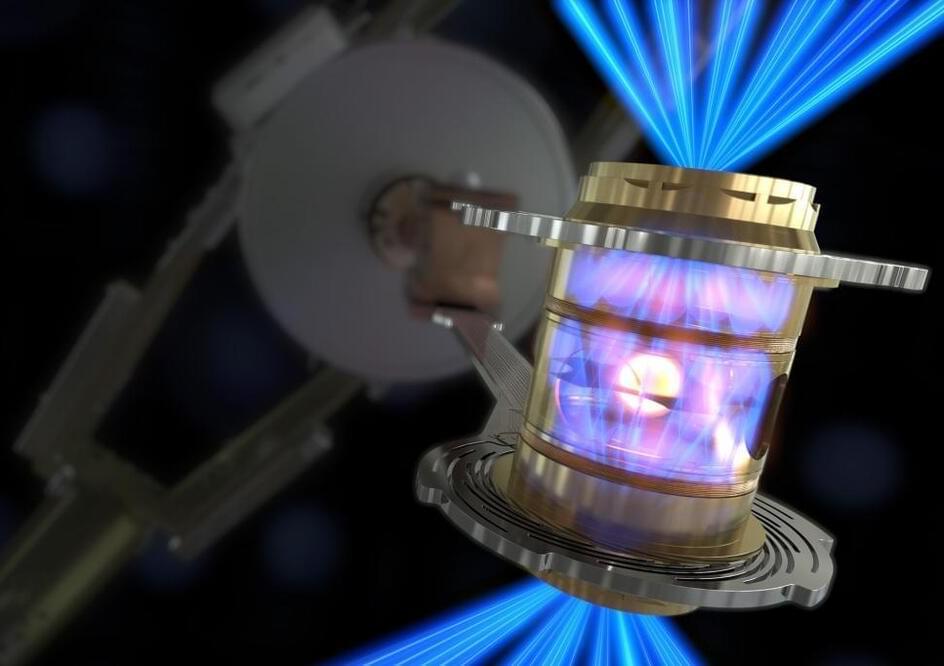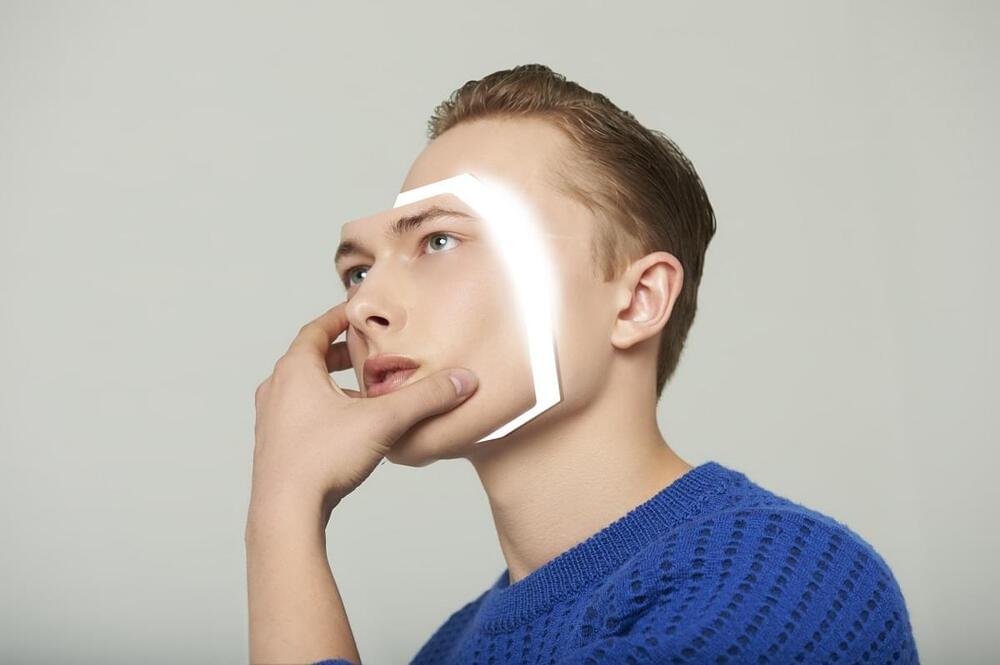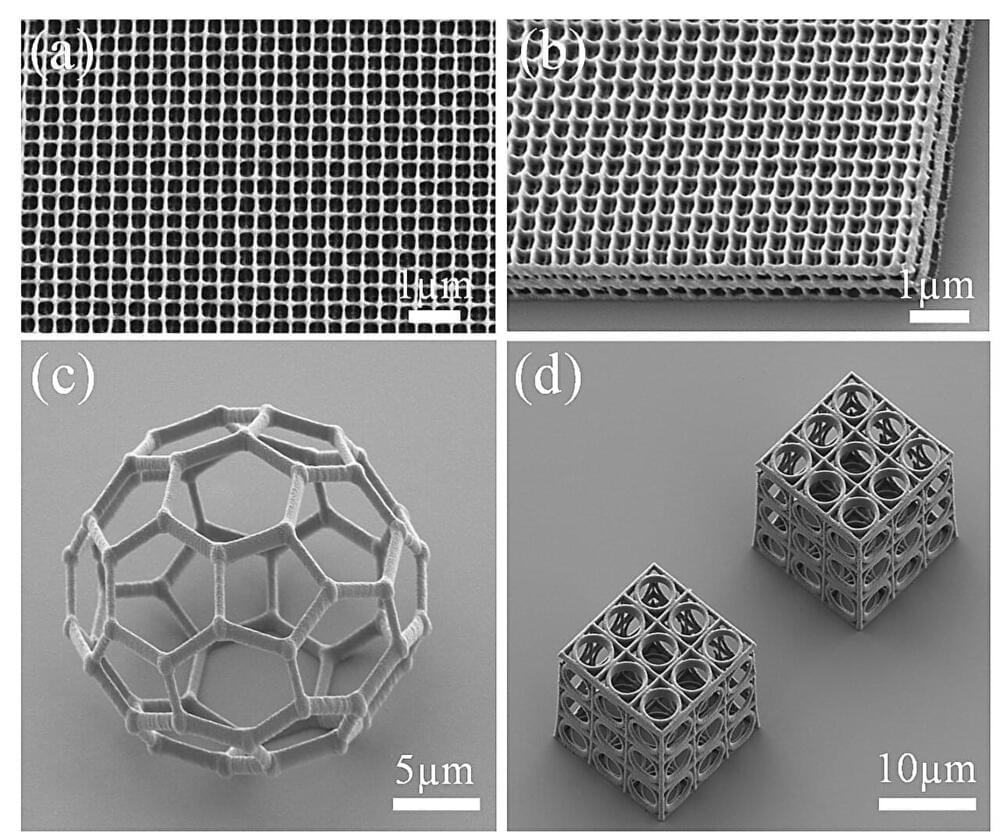DRACO is a demonstrate prototype of a nuclear-powered rocket that is scheduled for launch in 2027.
Is X, the Wechat for the rest of us?
After a sudden rebrand, Twitter is now called X. This new name was previously discussed by Elon Musk, who strongly associates the “X” brand with Twitter’s future as an “everything” app. But what is an “everything” app, and how will X become one?
We often believe computers are more efficient than humans. After all, computers can complete a complex math equation in a moment and can also recall the name of that one actor we keep forgetting. However, human brains can process complicated layers of information quickly, accurately, and with almost no energy input: recognizing a face after only seeing it once or instantly knowing the difference between a mountain and the ocean.
These simple human tasks require enormous processing and energy input from computers, and even then, with varying degrees of accuracy.
Creating brain-like computers with minimal energy requirements would revolutionize nearly every aspect of modern life. Quantum Materials for Energy Efficient Neuromorphic Computing (Q-MEEN-C)—a nationwide consortium led by the University of California San Diego—has been at the forefront of this research.
Australian researchers have identified neutralizing nanobodies that block the SARS-CoV-2 virus from entering cells in preclinical models.
The discovery paves the way for further investigations into nanobody-based treatments for COVID-19.
Published in PNAS, the research is part of a consortium-led effort, bringing together the expertise of Australian academic leaders in infectious diseases and antibody therapeutics at WEHI, the Doherty Institute and the Kirby Institute.
Using antibodies derived from alpacas, a University of Kentucky research team has developed a tool that could lead to new therapies to stop the growth of several types of cancer.
While cancer researchers have known that a protein called PRL-3 is linked to the growth of colon, breast, lung, skin and blood cancers, there is little understanding about how it works due to a lack of tools to study it effectively.
With unique alpaca antibodies known as nanobodies, the team led by UK Markey Cancer Center researcher Jessica Blackburn, Ph.D., developed the first effective tool to specifically target PRL-3.
An interdisciplinary team of mathematicians, engineers, physicists, and medical scientists have uncovered an unexpected link between pure mathematics and genetics, that reveals key insights into the structure of neutral mutations and the evolution of organisms.
Number theory, the study of the properties of positive integers, is perhaps the purest form of mathematics. At first sight, it may seem far too abstract to apply to the natural world. In fact, the influential American number theorist Leonard Dickson wrote ‘Thank God that number theory is unsullied by any application.’
And yet, again and again, number theory finds unexpected applications in science and engineering, from leaf angles that (almost) universally follow the Fibonacci sequence, to modern encryption techniques based on factoring prime numbers. Now, researchers have demonstrated an unexpected link between number theory and evolutionary genetics.
The Struengmann brothers’ agreement Monday to lead the purchase of a hand-sanitizer maker owned by EQT AB alongside other investors marks at least the sixth major deal involving the billionaire twins and the Swedish private equity firm within the past decade, according to data compiled by Bloomberg.
The deal for EQT’s Schuelke & Mayr GmbH values the Norderstedt, Germany-based company at about €1.4 billion ($1.5 billion), people with knowledge of the matter have said, asking not to be identified discussing confidential information. Financial details weren’t disclosed. The sale is expected to close in the final quarter of 2023, according to a news release Monday.
A representative for the Struengmanns didn’t respond to a request for comment. The 73-year-old brothers are together worth about $24 billion, according to the Bloomberg Billionaires Index.
Doc Ock’s dream of holding the power of the sun in the palm of our hands may be coming true.
Training AI models with AI-generated synthetic content causes the quality of the models’ outputs to disintegrate, a new paper shows.
Researchers have developed an easy-to-build, low-cost 3D nanoprinting system that can create arbitrary 3D structures with extremely fine features. The new 3D nanoprinting technique is precise enough to print metamaterials as well as a variety of optical devices and components such as microlenses, micro-optical devices and metamaterials.
“Our system uses a two-step absorption process to realize 3D printing with accuracy reaching the nanometer level, which is suitable for commercial manufacturing,” said research team leader Cuifang Kuang from the Zhejiang Lab and Zhejiang University, both in China. “It can be used for a variety of applications such as printing micro or nanostructures for studying biological cells or fabricating the specialized optical waveguides used for virtual and augmented reality devices.”
Conventional high-resolution 3D nanoprinting approaches use pulsed femtosecond lasers that cost tens of thousands of dollars. In Optics Letters, Kuang and colleagues describe their new system based on an integrated fiber-coupled continuous-wave laser diode that is not only inexpensive but also easy to operate.
